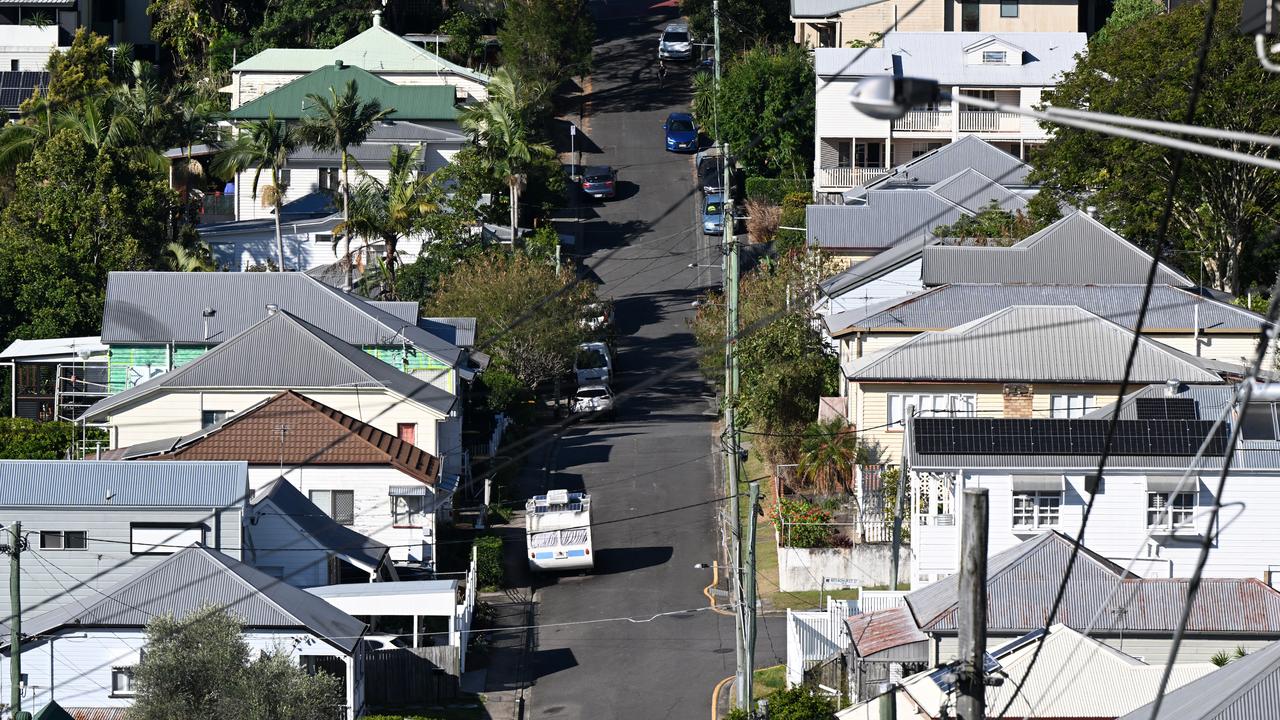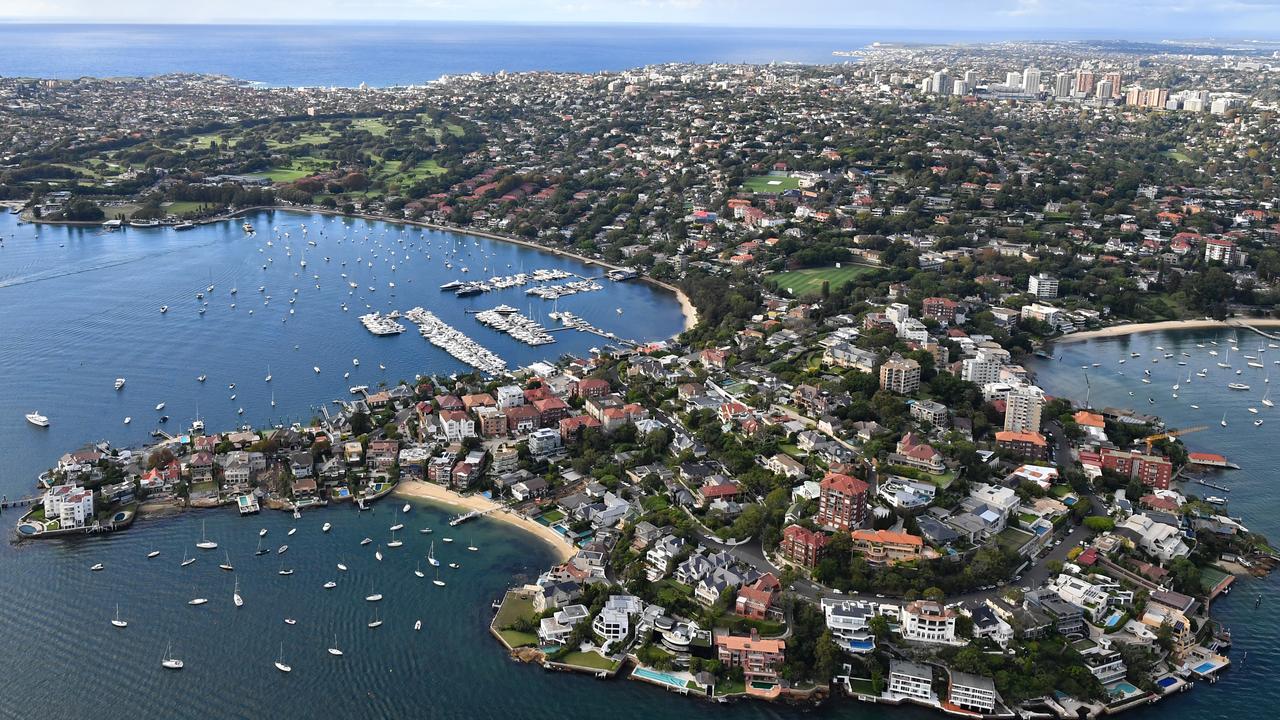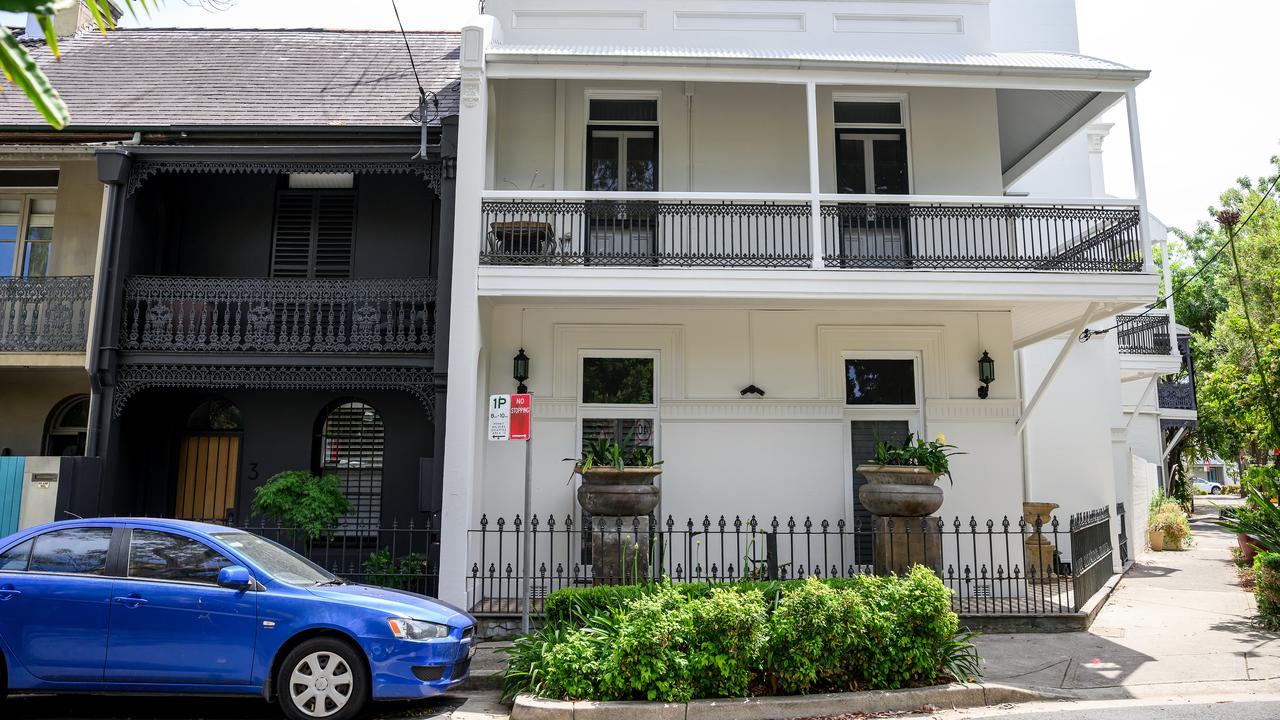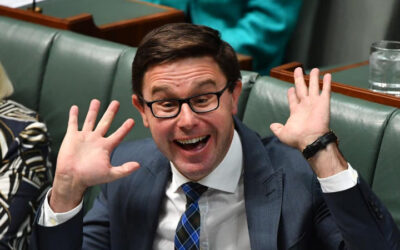Housing affordability has sunk to record lows, exacerbating the divide between Australia’s haves and have nots.
Since March 2020, home values have climbed by 47.3 per cent, lifting the median dwelling value $280,000 to $872,500, property data firm Cotality found in its annual Housing Affordability Report on Tuesday.
Over the same period, the median annual household income increased just 15 per cent to $104,390.
Three out of four of Cotality’s affordability metrics – the price-to-income ratio, years to save a deposit, and the share of income needed for rent – have hit record highs.

The portion of income required to service a new mortgage has come down slightly from a record high to 45 per cent of household income, as a result of the Reserve Bank’s three interest rate cuts since February.
“For first home buyers, the metrics are pretty disappointing,” said Cotality head of research Eliza Owen.
“There’s this real disparity between where incomes are and where property prices are that show a kind of structural shift in who can access the market.”
The five-year price surge was driven by a mix of factors boosting demand, including pandemic-era stimulus, low interest rates, government incentives for first home buyers and a rapid bounce-back in net overseas migration after border closures were lifted.
Meanwhile, housing supply lagged behind. Construction sector insolvencies, rising material costs and changing preferences for larger homes and smaller household size didn’t help.
The result was a mismatch of more than one million new households formed in the past five years compared with 880,000 new dwellings completed, according to the report.
As property prices have gone up, homeowners and investors have been able to reinvest their massive capital gains windfalls back into the housing market, creating a larger gap for first home buyers and those without parental assistance to enter the market.
“There’s been this extraordinary separation between property prices and income,” Ms Owen said.
“It definitely speaks to a widening in the divide of the haves and have nots when it comes to the property market.”

In Sydney’s eastern suburbs, it would take 35 years for an average wage earner to save up a 20 per cent deposit on a median house.
Even if they somehow cleared that hurdle, servicing the mortgage would take up one-and-a-half times their income.
Canberra, Hobart and Melbourne have shown pockets of relief.
Canberra’s relatively high rate of new apartments entering the market, along with a slower rate of internal migration, have eased rental affordability in the ACT.
Meanwhile, increased taxes on investment properties in Melbourne have kept home values structurally lower across the city, with the median dwelling value 7.1 times higher than income, compared with a multiple of 10 in Sydney.
Melbourne could serve as a good example of how to target housing demand and bring down prices at a time when supply is challenged, Ms Owen said.
“It might take some time to tease out exactly what kind of impact the increased investment taxation has had, but I think it’s fair to say it has at least helped to take some heat out of the market, and many people look to Melbourne now as a relatively affordable buying option.”
Australian Associated Press is the beating heart of Australian news. AAP is Australia’s only independent national newswire and has been delivering accurate, reliable and fast news content to the media industry, government and corporate sector for 85 years. We keep Australia informed.





